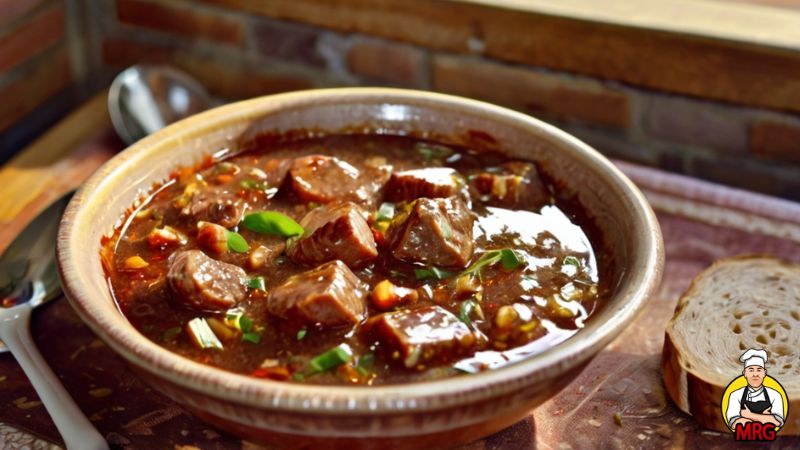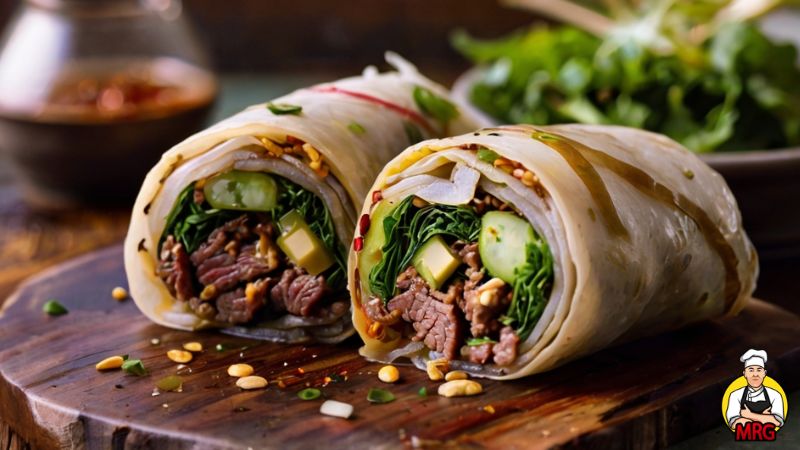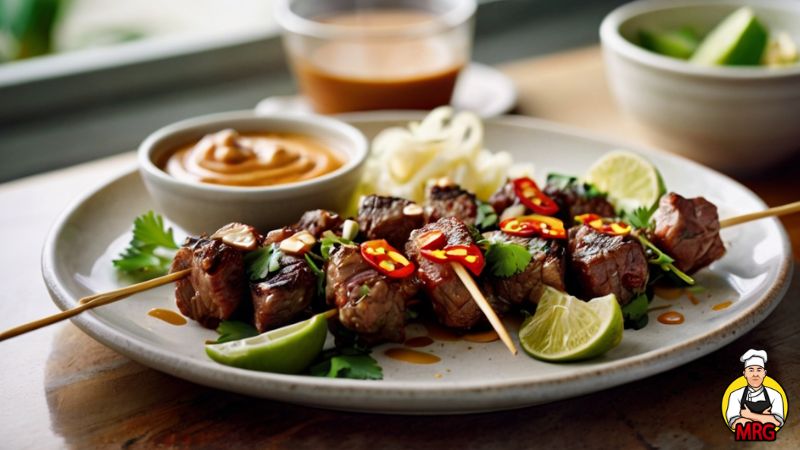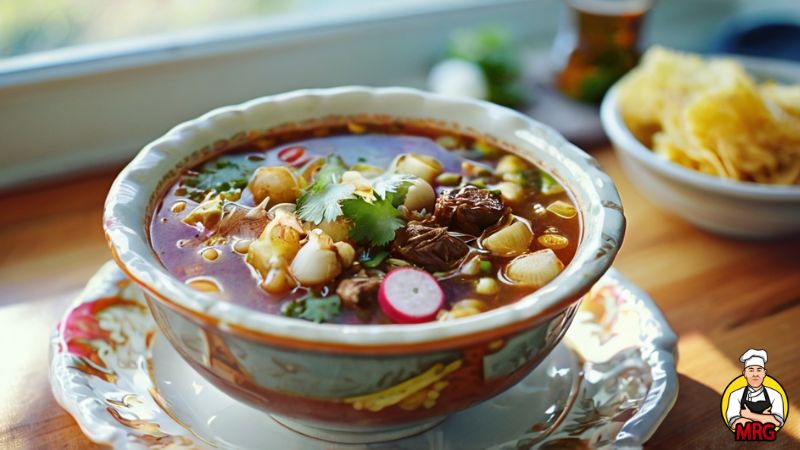Beef kidneys may not be everyone’s first choice at the dinner table, but for those who appreciate classic organ meats, they offer a unique and rich flavor that can transform a simple meal into a gourmet experience. Ideal for chilly evenings or special occasions, this traditional dish, when prepared properly, provides a hearty and satisfying experience. As a professional food blogger, I’ve explored various ways to bring out the best in beef kidneys, enhancing their inherent taste while ensuring they’re tender and palatable.
Choosing the Right Beef Kidneys
Selecting high-quality beef kidneys is crucial for the success of your dish. Look for kidneys that are firm and reddish-brown in color, without any unpleasant odor. Freshness is key, so always opt for kidneys that appear moist but not slimy. If you can, purchase them from a trusted butcher who can assure their freshness and proper handling.
Seasoning the Kidneys
The robust flavor of beef kidneys pairs well with bold seasonings. Before cooking, it’s essential to prepare the kidneys properly by trimming any fat and removing the thin outer membrane. Soak them in cold water or vinegar solution for several hours to mitigate the strong flavor. Pat them dry and season generously with salt, pepper, garlic, and onions to enhance their natural flavors without overpowering them.
Recommended Cooking Equipment and Effective Usage
For cooking beef kidneys, you’ll need a few key pieces of kitchen equipment:
- Sharp Knife: Essential for trimming and preparing the kidneys.
- Skillet or Heavy-Based Pan: Ideal for sautéing or frying the kidneys to achieve a golden brown crust.
- Simmering Pot: For slowly cooking the kidneys to perfection, ensuring they remain tender.
How to Use Equipment Effectively
- Sharp Knife: Use a sharp knife for precise cuts to remove the fatty parts and the outer membrane efficiently, which will ensure even cooking.
- Skillet/Pan: Heat the skillet with some oil over medium-high heat. Once hot, add the kidneys. Sauté them until they are nicely browned on all sides, which seals in the flavors and improves texture.
- Simmering Pot: After sautéing, transfer the kidneys to a simmering pot with broth or a mixture of water and vinegar. Keep the heat low and let it simmer gently. This slow cooking method allows the flavors to meld and the kidneys to become tender without becoming tough or rubbery.
Comprehensive Beef Kidney Recipe
Classic Beef Kidney Stew
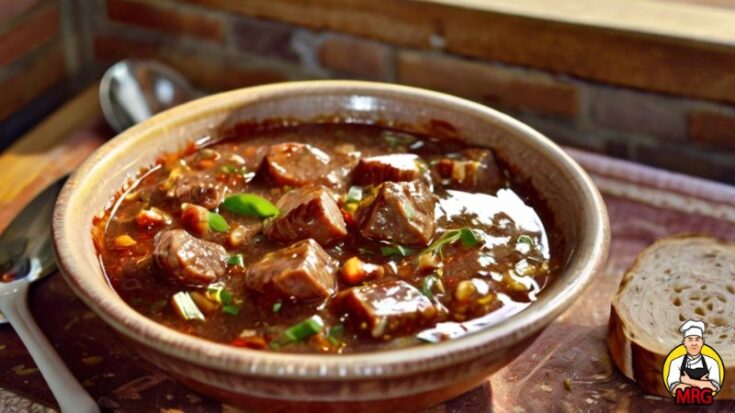
Classic Beef Kidney Stew evokes a sense of culinary nostalgia and adventure for me. It's a recipe that transforms an often-overlooked ingredient into a rich, deeply flavorful stew that's both comforting and surprisingly sophisticated. This dish is a testament to the art of using traditional ingredients to create something truly special and memorable.
Ingredients
- 2 beef kidneys (about 500 grams each), trimmed and prepared
- 1 large onion, finely chopped
- 2 cloves of garlic, minced
- 2 tablespoons of oil (vegetable or olive)
- 1 tablespoon of all-purpose flour
- 2 tomatoes, diced
- 1 bell pepper, chopped
- 500 ml beef broth or water
- 1 teaspoon of vinegar
- Salt and pepper to taste
- Optional: chili flakes or fresh herbs like parsley for garnish
Instructions
- Prep the Kidneys: After soaking and trimming, cut the kidneys into bite-sized pieces.
- Brown the Ingredients: In a skillet, heat the oil over medium-high. Add onions and garlic, sauté until softened. Add the kidney pieces, fry until browned on all sides.
- Thicken the Sauce: Sprinkle flour over the kidneys, stir well to coat. Cook for a minute to remove the raw flour taste.
- Add Liquids: Transfer the contents of the skillet to a simmering pot. Add diced tomatoes, bell pepper, and enough broth to cover the ingredients. Stir in a teaspoon of vinegar.
- Simmer: Reduce heat to low and let the stew simmer for about 1.5 to 2 hours, or until the kidneys are tender and the sauce has thickened.
- Season: Season with salt, pepper, and optional chili flakes. Adjust seasoning according to taste.
- Serve: Garnish with chopped parsley or your choice of herbs. Serve hot with rice, nshima, or crusty bread.
Nutrition Information:
Yield:
4Serving Size:
1Amount Per Serving: Calories: 250Total Fat: 10gSodium: 200mgCarbohydrates: 8gFiber: 2gProtein: 35g
Serving Suggestions and Suitable Side Dishes
This beef kidney stew is versatile and pairs wonderfully with various side dishes:
- Rice: Provides a neutral base that complements the rich flavors of the stew.
- Nshima: A traditional cornmeal dish that is excellent for soaking up the delicious gravy.
- Crusty Bread: Ideal for dipping into the thick, flavorful sauce of the stew.
Cooking Tips and Common Mistakes to Avoid
- Do Not Rush the Cooking: Beef kidneys are tough; slow cooking is essential to achieve the desired tenderness.
- Avoid High Heat: Cooking kidneys on high heat can cause them to toughen. Maintain a gentle simmer.
- Regular Stirring: Prevent the bottom from sticking and burning by stirring the stew occasionally.
- Proper Preparation: Ensure all the preparatory steps like soaking and trimming are not skipped to avoid any unwanted strong flavors.
Conclusion
Crafting the perfect beef kidney recipe is about understanding the ingredient and treating it with respect. With careful preparation and slow cooking, you can transform this humble organ meat into a delicious and satisfying meal that’s both nutritious and comforting. Whether you’re cooking for a family dinner or a special occasion, this beef kidney stew promises to be a rewarding culinary adventure.
Related Article:
I’m Calvin Lamb, an LA-based culinary enthusiast with a decade’s experience in five-star kitchens. My innovative dishes, inspired by seasonal flavors and sustainable practices, blend classic and modern cuisine. Besides crafting unique culinary experiences, I relish exploring new eateries and devising fresh recipes.
